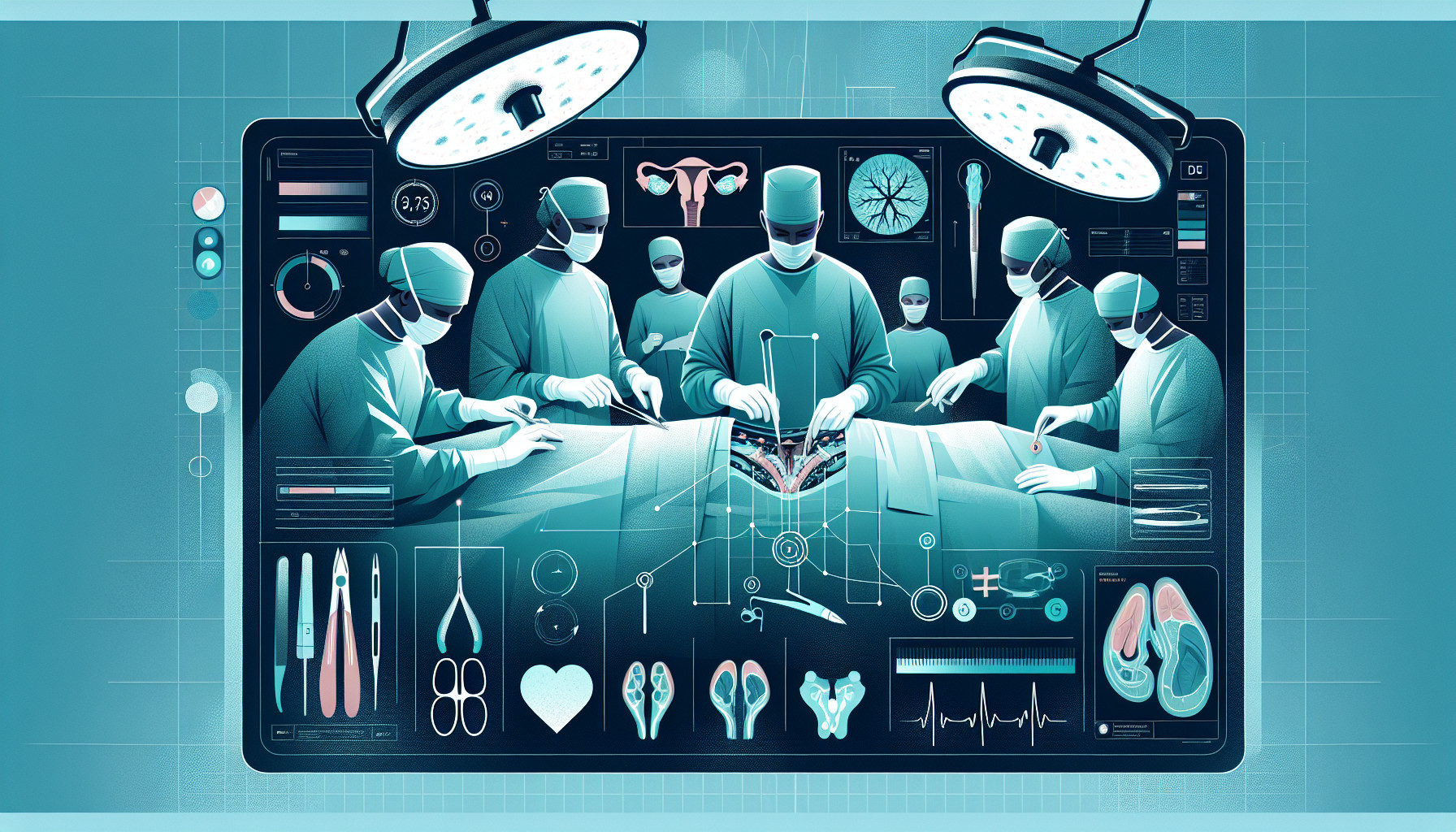Our Summary
This research paper discusses the role of a medical procedure called testicular biopsy (a test where a small piece of tissue is removed from the testicle and examined) in young boys before they hit puberty. The exact purpose of this procedure is not agreed upon by all scientists, but it is often used to check the potential effects of undescended testes (a condition where one or both of the testes fail to move down into the scrotum before birth) on a boy’s ability to have children in the future.
The paper suggests that surgeons should consider doing this procedure more often, as it has been improved by the use of certain markers that make it easier to detect early signs of germ cell tumours - a type of cancer that begins in the cells that give rise to sperm. These markers can be particularly useful for checking the risk of cancer in boys with certain disorders affecting sexual development.
The paper also talks about the value of examining the structure of the testes (testicular histology) for predicting a boy’s future ability to have children and his risk of cancer, especially in boys with undescended testes that are located in the abdomen.
A new method of preserving fertility after treatment with chemotherapy drugs that can harm the testes is also discussed. This involves freezing samples of testicular tissue - a method that is still experimental but shows promise.
In conclusion, the authors believe that testicular biopsy in young boys is a minor procedure that can provide important information about the risk of cancer and future fertility. They suggest that it might be useful for preserving fertility in the future.
FAQs
- What is the role of testicular biopsy in prepubertal boys?
- What are the immunohistochemical markers used in testicular biopsy and how do they help in detecting germ cell tumour precursors?
- What are the new possibilities for the preservation of fertility after gonadotoxic chemotherapy in prepubertal boys?
Doctor’s Tip
One helpful tip a doctor might tell a patient about testicular surgery is to follow post-operative care instructions carefully to ensure proper healing and reduce the risk of complications. This may include taking prescribed medication, avoiding strenuous activities, and keeping the surgical site clean and dry. Additionally, it is important to attend follow-up appointments with your doctor to monitor recovery progress and address any concerns.
Suitable For
Patients who are typically recommended testicular surgery include:
Prepubertal boys with undescended testes: Testicular biopsy is useful for assessing the potential consequences of undescended testes on fertility and for detecting germ cell tumour precursors.
Undervirilized patients with 46,XY disorders of sexual development: Testicular biopsy can help evaluate malignancy risk in these patients.
Individuals with undescended testes, particularly those with intraabdominal undescended testes: Testicular histology can help predict fertility potential and risk of cancer in these patients.
Patients undergoing gonadotoxic chemotherapy: Cryopreservation of testicular tissue samples for the preservation of fertility may be recommended in these cases.
Overall, testicular surgery may be recommended for patients who require evaluation of fertility potential, assessment of malignancy risk, or fertility preservation.
Timeline
- Before testicular surgery:
- Patient is referred to a specialist for evaluation of undescended testes or other testicular issues.
- Patient undergoes physical examination, ultrasound, and other diagnostic tests to assess the condition of the testes.
- If deemed necessary, the patient may undergo a testicular biopsy to assess fertility potential or cancer risk.
- Immunohistochemical markers are used to detect germ cell tumour precursors and evaluate malignancy risk.
- Testicular histology is examined to predict fertility potential and cancer risk, particularly in cases of undescended testes.
- After testicular surgery:
- Patient undergoes the surgical procedure, which may involve testicular biopsy, orchidopexy (surgery to bring undescended testes into the scrotum), or other interventions.
- Recovery period following surgery, which may involve pain management and monitoring for complications.
- Follow-up appointments with the surgeon to assess healing and discuss any further treatment options.
- Potential fertility preservation methods, such as cryopreservation of testicular tissue samples, may be discussed for future fertility options.
- Long-term monitoring for cancer risk and fertility potential, based on the results of the testicular biopsy and histology.
What to Ask Your Doctor
- What is the purpose of the testicular biopsy procedure?
- What are the potential risks and complications associated with testicular surgery?
- How will the results of the biopsy help in assessing fertility potential and cancer risk?
- Are there any specific markers or tests that will be used during the biopsy procedure?
- How soon will I receive the results of the biopsy?
- How will the results of the biopsy impact future treatment options or decisions?
- Are there any alternative options to testicular surgery for assessing fertility potential and cancer risk?
- Are there any specific post-operative care instructions or restrictions I should be aware of?
- Are there any long-term implications or considerations following testicular surgery?
- Are there any potential fertility preservation options available for me, such as cryopreservation of testicular tissue samples?
Reference
Authors: Faure A, Bouty A, O’Brien M, Thorup J, Hutson J, Heloury Y. Journal: Nat Rev Urol. 2016 Mar;13(3):141-50. doi: 10.1038/nrurol.2015.312. Epub 2016 Jan 20. PMID: 26787392
